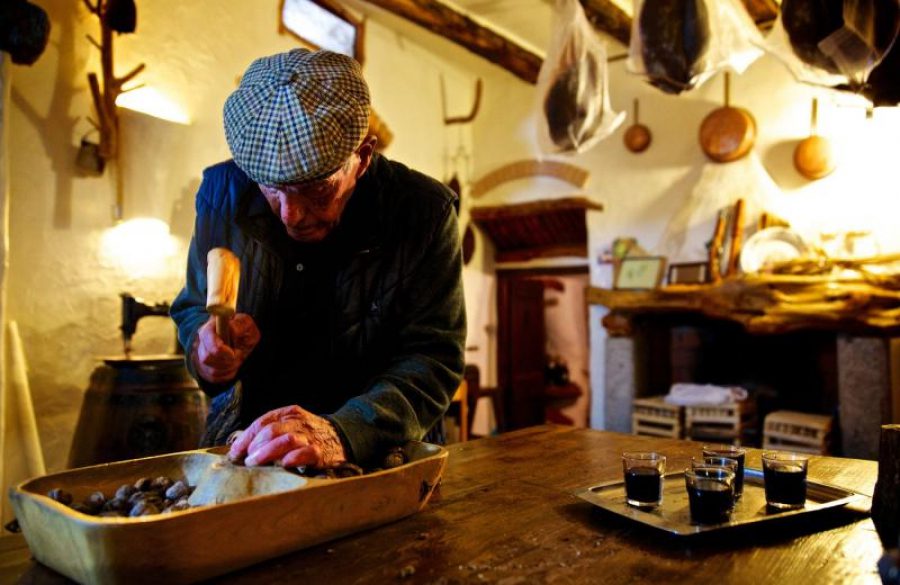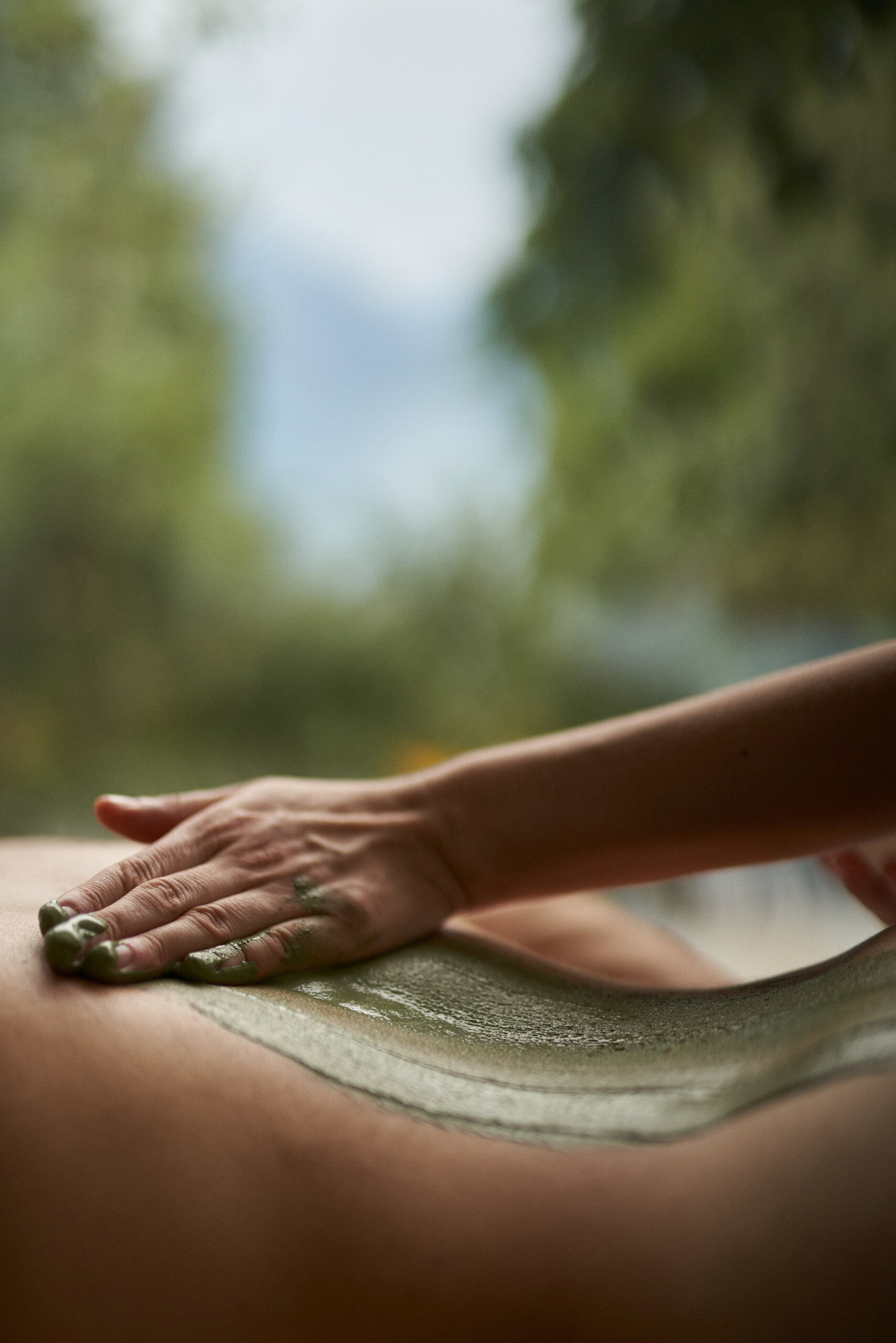Dan Buettner was working as a journalist for the National Geographic in the spring of 2000 when he first researched a mystery that would change his life – and extend thousands of others. Leading a series of educational projects called ‘Quests’ in which a team of scientists investigated some of Earth’s great puzzles, Buettner decided a worthy subject was Okinawa, the fifth largest island in Japan, which recorded an unusually high level of longevity among its inhabitants. “I thought it would be a great quest to investigate what their secrets to good health and long life were,” he says.
Buettner and the team spent 10 days studying, exploring and summing up what they found but it would be five years before he would return to Okinawa. “I’d just written a cover story for National Geographic about the ‘The Secrets of Long Life,’ which profiled three areas of the world with concentrations of some of the world’s longest- lived people-areas, which we dubbed ‘Blue Zones,” he says. “I was determined to delve deeper into the lifestyle of Okinawa.”
Buettner’s research has led him to uncover further Blue Zones. As well as Okinawa, these are Sardinia, Italy; Nicoya, Costa Rica; Ikaria, Greece, and Loma Linda, California. “During our research it became clear that there is not one key to longevity,” he says. “About 20% of how long you live is genes, leaving the other 80% to your lifestyle and environment. Knowing this we were set on finding out what environment factors led to longevity in each of these areas.”
It was clear that, in some capacity, all of the Blue Zones shared nine common traits or lifestyles. These are: daily natural movement; having a sense of purpose; manageing stress; finishing eating when 80 per cent full; eating a mostly plant-based diet; moderate but regular consumption of red wine; being part of a faith-based community; having loving family connections, and having strong social networks.
Buettner and the team of scientists he was working with knew that the teachings of the Blue Zones could have a transformative effect on their own communities in America. The Blue Zones Project was born. “Our goal was to make small adjustments to make the healthy choice the easy choice for people in their communities,” he says.
“During our research it became clear that there is not one key to longevity.”
The Blue Zones Project’s experts work with local governments, businesses, schools, and religious organisations to change the way a community moves, eats, and connects. “By improving the places where people live, work, learn, and play, we make it easier for them to move naturally, make new friends, and eat healthily,” says Buettner.
The results have been dramatic. In the first project city of Albert Lea, Minnesota, in just one year citizens added 2.9 years to their lifespans and healthcare claims decreased by 49%. Participating businesses saw a 21% decline in absenteeism. Between 2010 and 2016 there was also a 35% drop in smoking in the city. In three Southern California beach cities, obesity, smoking rates, and health risks dropped dramatically in five years. “This translated to $12 million in healthcare savings in these cities,” says Buettner.
Buettner is clear that meaningful change for the world’s health needs to come from the top. “If we want behaviour to change, we need to make the healthy choices easier and cheaper than the unhealthy choice. So, the key is to show governments the real cost of cheap junk food, which includes higher healthcare costs for the community, less productivity, higher insurance rates and lower wellbeing,” he says.
Buettner cites a statistic from the CDC [Centers for Disease Control and Prevention] which states that 680,000 Americans die annually from eating the standard American diet.
Since 2009, 72 communities across the United States have signed on to the programme to comprehensively improve their living environments to encourage and achieve better health behaviour, a fact of which Buettner is justifiably proud. “We continuously receive new applications from communities and cities all over the country that see the need to create lasting change,” he says.
So, what is the key to realising our full potential? “Curating an environment, physically and socially, that nurtures your health, skills and passions,” says Buettner. “When this is done correctly you are properly set up to flourish. Unlocking potential to me is figuring out what this environment is for you and setting it up accordingly.”

Our signature Chenot programme aims to induce a deep purification and detoxification of the body to eliminate toxins, increase vitality, reset energy levels and rebalance its physiology.
CHF 5’500
Relax your brain, revitalise your body – Chenot’s Recover & Energise programme reduces chronic stress and fatigue which restores optimal energy levels.
CHF 6’400
Chenot’s most intense health span enhancing programme combining our signature detox with high-impact rejuvenation to delay the onset of biological ageing.
CHF 7’100



